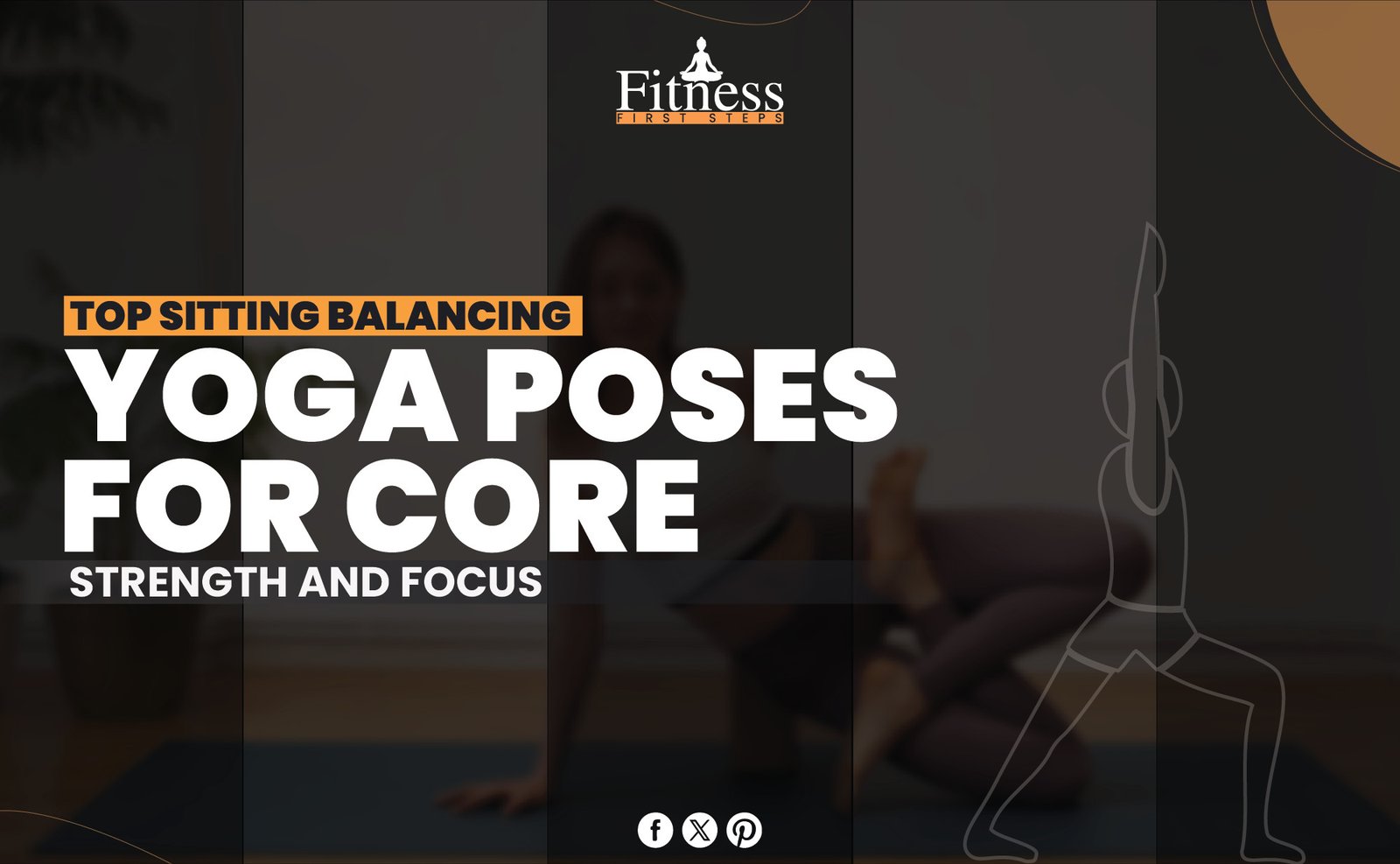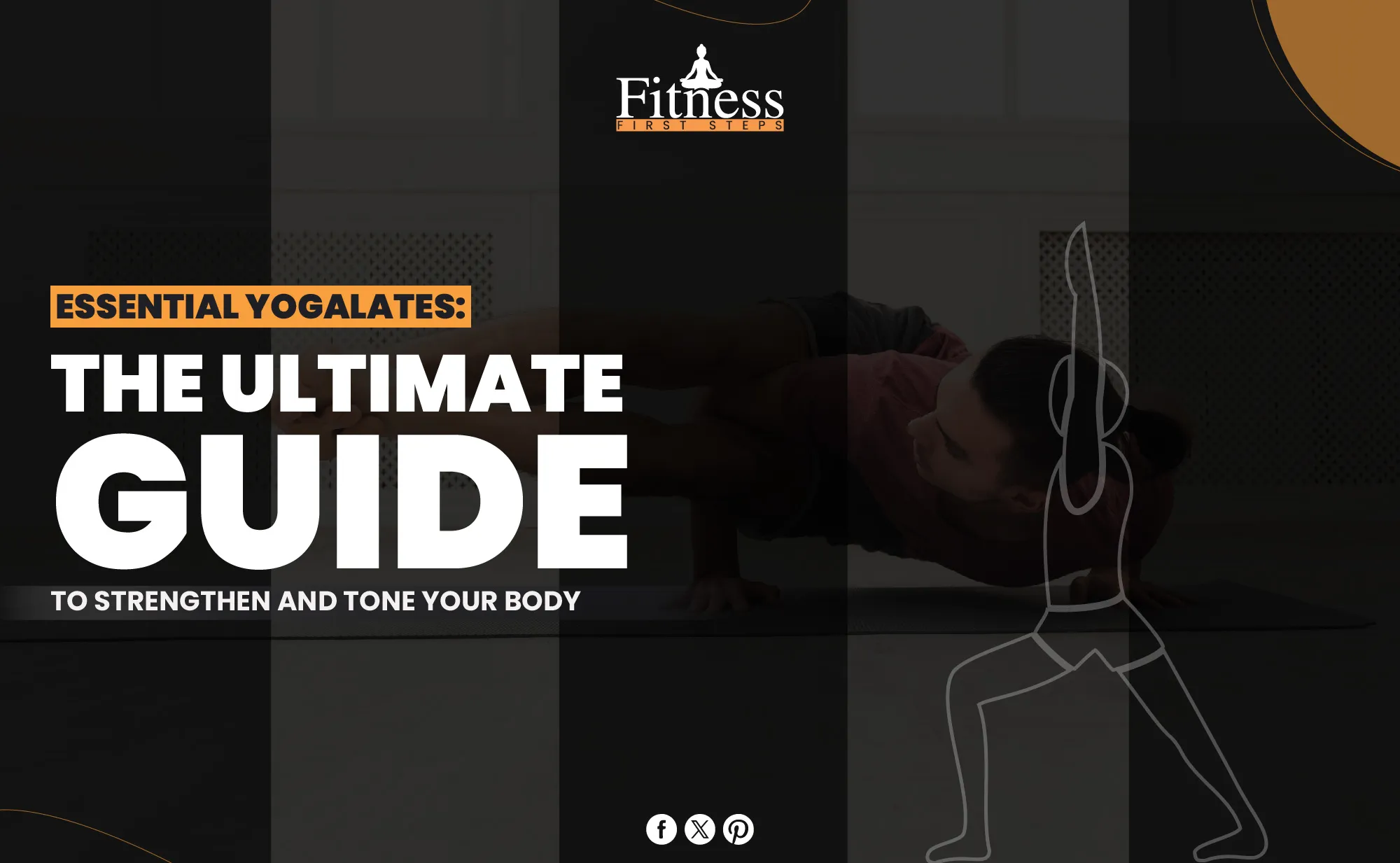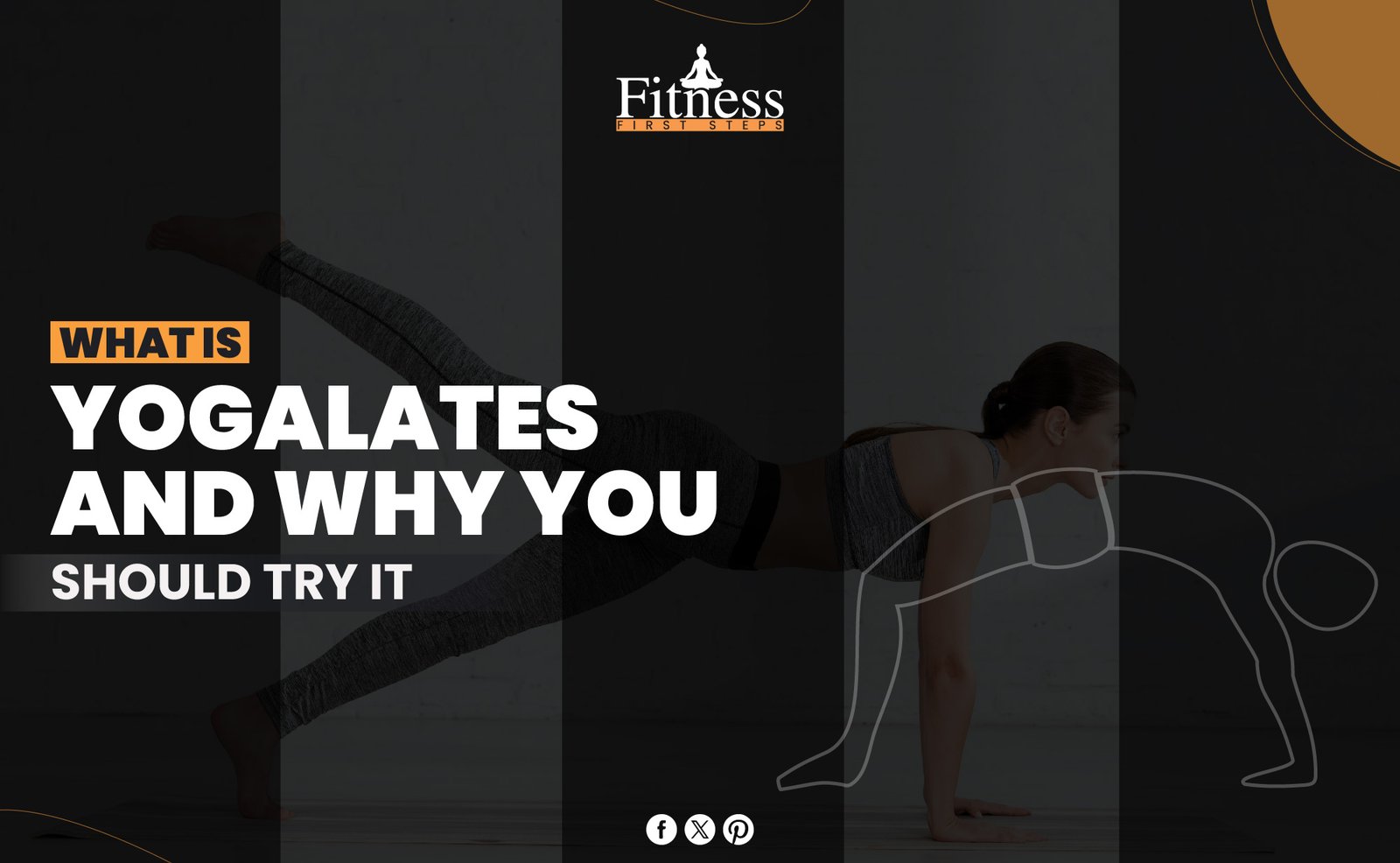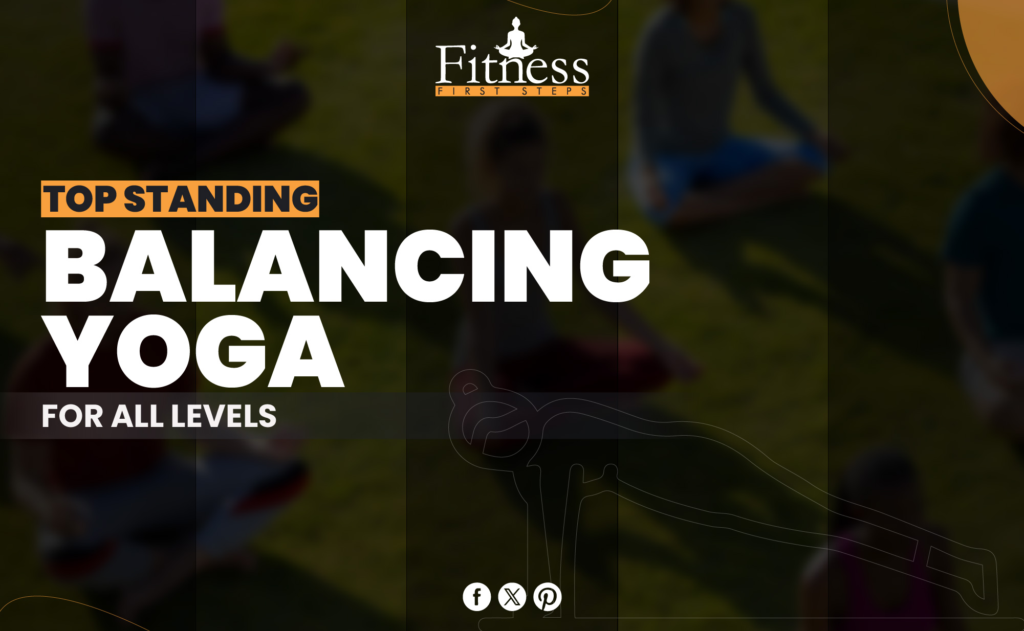Introduction
Yoga, a discipline that stretches back thousands of years, is now a global phenomenon widespread for its physical, mental, and spiritual benefits. Yoga’s “asanas,” or positions, provide distinct rewards and challenges. Building a solid and consistent practice with fundamental postures allows practitioners to safely explore more complicated asanas over time. Read more about Fitness First Steps. A basic stance is the Cat-Cow Stretch, which warms the spine and prepares the body for exercise. The Cat-Cow Pose, suitable for beginners to advanced yogis, shows yoga’s balance of strength, flexibility, eff and ease. This position builds spinal flexibility, breath synchronization, and attention, creating the groundwork for a more profound yoga practice.
Understanding the Cat-Cow Pose
Marjaryasana-Bitilasana, the Cat-Cow Pose, combines two asanas. This mild movement stretches and strengthens the spine, warming up the back at the start of a yoga practice. Beyond physical advantages, Cat-Cow helps yoga practitioners coordinate their movements with their breath, which promotes attention and presence.
Historical Background and Origin
It’s hard to say precisely where the Cat-Cow Pose came from in history, but it’s clear that it comes from the old yoga tradition that stresses spine health and flexibility. In yoga, the spine is called the “pillar of life” because it is essential for the flow of prana, or life energy. Cat-Cow helps this vital energy flow through the body by making the spine more flexible and stimulating the spinal cord.
Benefits for Beginners and Experts
For Beginners:
Spinal Awareness: Cat-Cow Pose is a good way for newbies to learn how to move their spine in a controlled and aware way.
Breath Coordination: It teaches the basic idea of connecting breath to movement and helps people new to yoga build a rhythmic and meditative breathing routine.
Gentle Stretch: Gently stretches the back, neck, and chest, which makes it a great way to warm up.
For Experts:
Refined Movement: The contemplative part of their practice can be improved by providing a chance to enhance the coordination between the breath and movement.
Spinal Flexibility: Contributes to preserving and enhancing spinal flexibility, which is essential for more advanced yoga postures.
Therapeutic Benefits: After engaging in more strenuous asanas, it can be utilized as a therapeutic technique to relieve tension and realign the spine.
Step-by-Step Guide to Performing the Cat-Cow Pose
To do the Cat-Cow Pose, you have to move smoothly between two poses, and each one has its own set of steps. How to do it:
Preparation and Starting Position
Start by getting down on your hands and knees like you’re at a table. Make sure your shoulders, elbows, and arms are all straight and in line with the floor. Your knees should be right below your hips. Your head is in a normal position, and your eyes are on the floor.
Detailed Instructions for the Cat Pose (Marjaryasana)
Inhale to get ready.
As you let your breath out, round your back toward the sky and bring your chin to your chest slowly. Visualize pulling your belly button up toward your back. This will work your abs.
Don’t move your shoulders or knees; instead, focus on moving your back.
Transition to Cow Pose (Bitilasana)
Take a deep breath in and look up while dropping your belly to the floor and raising your chin and chest. Let your back curve naturally, and gently use the muscles in your back.
To keep your neck long, keep your shoulders away from your head.
Tips for Smooth Flow Between Cat and Cow
Move slowly and deliberately, making sure that your breath guides your actions.
Pay attention to how smoothly you move from one pose to the next; you should aim for a smooth flow.
Pay attention to what your body can and can’t do, and don’t force the poses, especially if you have back problems.
Modifications and Variations
Modifications for Beginners or Those with Physical Limitations:
If your knees hurt, put a folded blanket under them for extra support.
For wrist pain, make fists or put yoga blocks under your hands to take the pressure off of them.
Variations to Increase Challenge for Experts:
Add a balancing factor by extending one leg back as you move from Cat to Cow and back again, swapping legs every time.
In Cat Pose, add a twist by crossing one arm under the other. This will make the stretch deeper.
Incorporating Props for Support and Alignment:
Put a yoga block under your hands if you have tight shoulders or trouble reaching the ground easily.
You can keep your thighs in line and work out your inner thighs by putting a yoga strap around them.
Integrating the Cat-Cow Pose into Your Yoga Practice
There are many ways to use the Cat-Cow Pose in your yoga practice. It can be a warm-up, a spinal health exercise on its own, or part of a routine. Use this to your advantage:
When to Perform Cat-Cow During a Yoga Session
As a Warm-Up, Start your exercise with Cat-Cow to warm up and move your back around. Making the spine less stiff and more flexible gets the body ready for more difficult poses.
Mid-Practice: As you move from one pose to the next or as a gentle break between more challenging poses, this movement will help your body stay mobile and your mind return to the breath.
Cool Down: Do a Cat-Cow at the end of your exercise to bring your attention back to the breath and slowly release any tension that has built up during the session.
Combining Cat-Cow with Other Poses for a Full-Body Routine
After doing Cat-Cow stretches, move on to Downward Facing Dog (Adho Mukha Svanasana) to strengthen your arms and legs and stretch your back even more.
After that, do Child’s Pose (Balasana) to loosen up your back muscles and take a moment to stop and think.
For better balance in spine movements, do some forward bends while sitting or standing to accompany Cow Pose’s backward spinal extension.
How Cat-Cow Enhances Breath Control and Focus
Cat and Cow’s regular movement helps you breathe deeply and mindfully, which increases your lung capacity and oxygen intake.
Syncing your breath with your movement can help you relax and think more clearly by keeping you calm.
Advanced Techniques and Tips
If you want to get deeper into Cat-Cow Pose or make it more difficult, try these advanced methods and tips:
Deepening the Pose for More Experienced Practitioners
Imagine the spine as a wave and pay attention to how each vertebra moves during the movement. This will improve your spinal motion and awareness.
Holding each pose for longer, like “Cat” or “Cow,” for a few breaths will help the muscles stretch deeper and strengthen.
Avoiding Common Mistakes and Ensuring Safety
As you do Cow Pose, be careful not to strain your neck too much. Instead, keep the neck’s natural extension with the rest of your spine.
To keep your lower back from getting strained, keep your abs tight but not tight. This is especially important in Cow Pose.
Using the Pose for Specific Health Benefits
Regularly doing Cat-Cow can help ease back pain and stiffness, which makes it suitable for people who sit for prolonged amounts of time.
The gentle compression and stretch of the belly in this pose can help digestion and blood flow.
Conclusion
The Cat-Cow Pose is a vital yoga pose that can help new and experienced yogis in many ways. It looks simple, but it has a significant effect on your mental health, your ability to control your breathing, and the health of your spine. Adding Cat-Cow to your usual practice can build a strong base for more advanced practice, improve your balance, and make you feel calmer and more focused.
